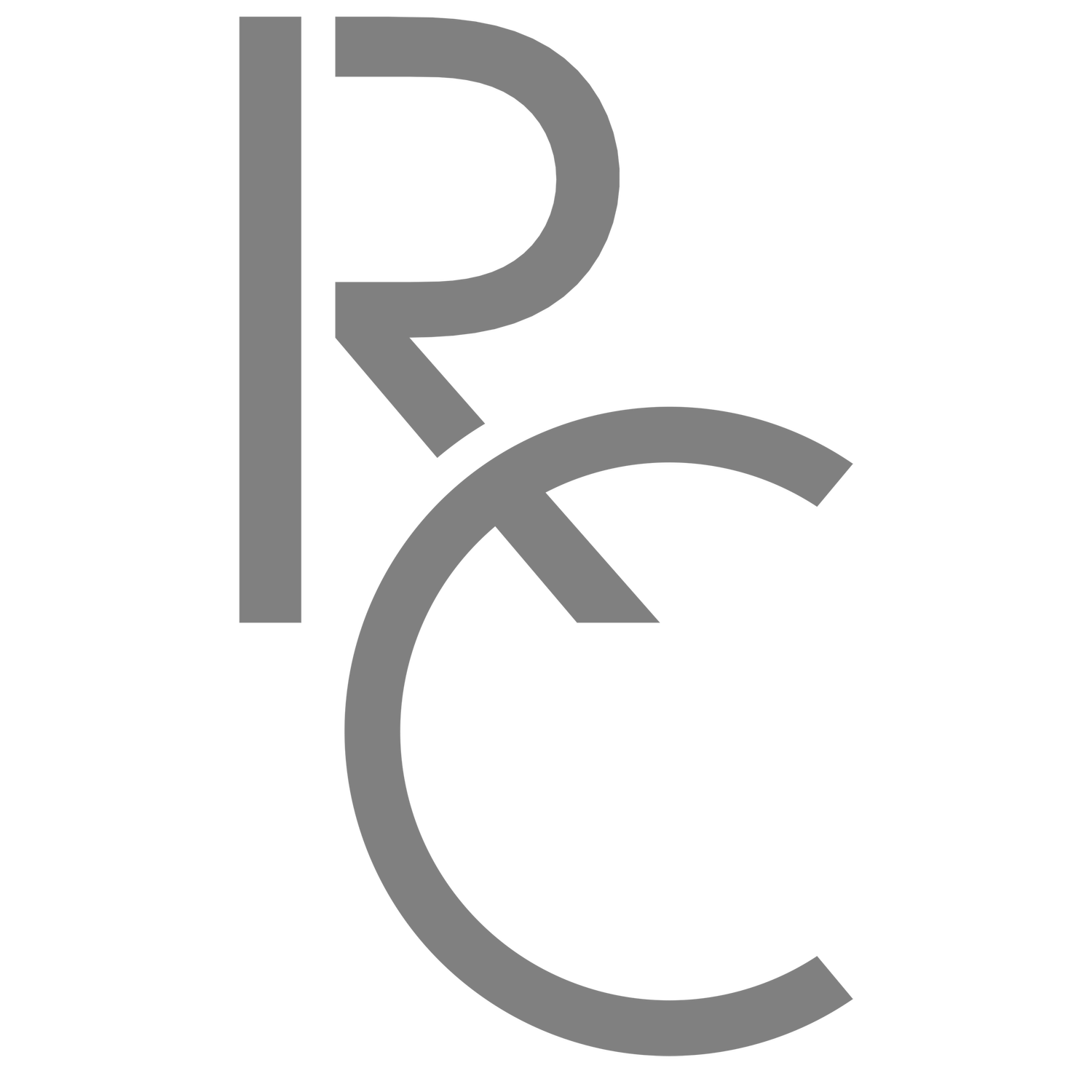
MUJI Bin is a sustainable, low-maintenance wet waste bin.
Spring 2020 14 WeeksUSER
Johnny is a single, 33 years old, salesperson living in NYC. He spends most of his time commuting within the city and knocking doors trying to make sales. Getting back home late and tired leaves him no interest in doing home maintenance.
Insights
During the interview with Johnny, a few things became apparent to me. He doesn’t use plastic bags for lining the trash can. Instead of taking the trash can to the dumpster, he dumps the trash into a paper bag and throws the bag into the dumpster.
He said that he doesn’t use plastic bags because they are not sustainable. Furthermore, in his mind, plastic bags are not only unsustainable, but also difficult to use.
One-time-use plastic bags are less sustainable, difficult to use.
235,300 tons of plastic bags were produced in the U.S in 2019, which are equivalent to the weight of 2 aircraft carriers.
The Challenge
Replacing the plastic liner for a recycling bin is often tedious and not an enjoyable task.
How might MUJI create a sustainable, easy-to-use bin to help Johnny?
Concept
key sketches
Initial Concept
What if there was a one-time-use trash can? You could throw away the entire bag with the trash. The entire bag could be made out of paper and be stackable during transportation.
Seeing the potential in this concept, I advanced it with more prototyping process.
Prototyping
Instead of having a disposable bag, a bin that contains several disposables bags makes more sense. By having a bin, a more sophisticated system could also be possible.
What if I use an origami folding structure in the middle? That should give more structure to the bag.
What if the top ring can also fold to close the bag to contain the smell or become a handle?
What if there is a mechanism that keeps a new bag in place as I lift up the full bag?
Based on my findings, How do I create a system that can
collapse flat
close itself
has a handle
includes a mechanism that auto-prepares a new bag
Here I was trying to figure out a cardboard valve mechanism.
An origami structure was found that can collapse flat vertically.
The top ring was designe to have 2 layers with different features so that it can both close by itself and have a handle.
By scoring the cardboard, I made a mechanism that only allows things to pass through it in one direction and not the other.
Now, before we move on, let’s take a moment to celebrate and appreciate the beauty of my first working prototype!
This is not even close to the end! It is merely a beginning!
Refinement
All of the prototypes I made through the development process.
Many different sizes and proportions were tested and analysed in my prototypes to find the best balance between its functionality and aesthetics. I also improved the mechanism to make it work much smoother.
Before, it was weak.
This revision made the mechanism able to hold more weight.
Prototyping Method
All of my prototypes were carefully tested. The solutions to the problems that each one of them posed were sketched and implemented in the next one.
Sometimes I draw directly on my prototypes to make things easier to visualize.
I also used a 3D printing pen to directly modify my prototype to see if my solution works.
In the case where cardboard was just not stiff enough for some application. I would just dip thin CA glue and let it soak through and solidify the entire cardboard part that needs to be rigid.
It was very similar to the way how fiber glass was made.
After I had a rough idea about how the whole thing should be, I went back and forth between 3D CAD software and 3D printing to figure out some of the details.
Olfa knife played a huge role in accelerating my iteration. I used it constantly throughout the process to modify my prototypes and test some of my concepts.
In summary, Multiple methods were implemented through the process to achieve fast and effective iterations.
Now that the engineering part of the recycling bag was 95% completed. I needed to start working on the aesthetics of the recycling bin.
Form Refinement
A dodecagon shape was chosen for the bin because it fits the shape of the bag which was derived from the origami pattern.
Cardboard Mockups
I tried to harmonize the necessary features with the overall form to achieve a balance between the functionality and aesthetics
3D Model
I then switched to progressively refining the design in 3D, focusing on every details of the aesthetics.
Technical drawing
I sophisticated the shape by adding a slight arc to each side to give it an interesting look in the light.
I also designed the bottom in such a way that the bin looks like as if it is floating.
What’s on the right is the flat pattern for each colored part on the left.

Die Cut Pattern
Thanks to this design, a very minimal amount of waste will be created during the manufacturing process.
Final fabrication
With my design, replacing the liner for a recycling bin becomes a past tense for Johnny.
Cleaning out the trash can becomes as simple as just grabbing the bag and throws it away in the dumpster as he leaves the home in the morning.
CMF
Packaging
Prototyping
The tear strip mechanism allowed for easier opening of the box
I took inspiration from traditional Japanese patterns and applied them to the packaging and bags.
The user can easily tear off the strip around the top to open the package.
There are seven cartridges in each package.
On the back of lid, it explains the history and the meaning of the pattern.
Why should we care about the appearance of a trash bag?
As a designer, we should take design into consideration for everything. From the users’ point of view, they care about beauty. A great example would be that Starbucks changes to different types of cups for their drinks every season.
Sustainability
Biodegradability - The bags for the MUJI Bin are 100% made of recycled paper or unbleached bamboo paper which only takes 2-6 weeks to be decomposed in landfill compare to the plastic bags which take about 80 years.
Recyclability - Paper is among the easiest items to be recycled, It is widely accepted in most of the recycling bins. In contrast, plastic bags are generally not accepted in the recycling bins, meaning that you can’t throw away your recycling items with a plastic bag into a recycling bin. But you can do this with the MUJI Bin’s paper bag.
Thank you
For walking me through this journey of design process till the bottom of the page. In my design work, I strive for 100% perfection even if, as is the case with all crafts, only 99% can be achieved.
*This is a concept design which has no affiliation with the MUJI brand.
Designed by Reiten in the spring of 2020 during self-quarantine


















































































